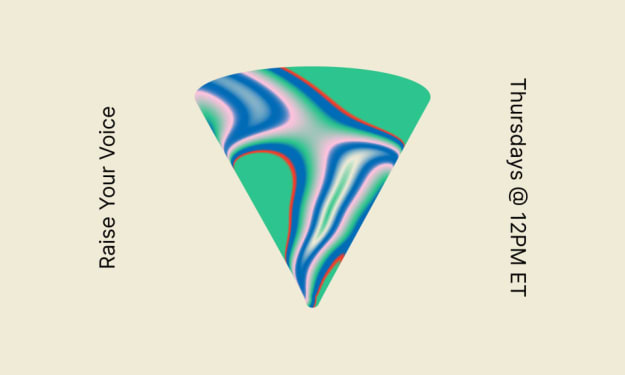Preserving Family Memories: The 8mm Film to DVD Transfer Process Explained
How to preserve family memories

Many of us have precious memories recorded in old home videos. These reels of film contain our treasured family experiences along with special events and moments. But as time moves on, the types of technology we used for storing video are being replaced. It’s getting harder to come by equipment to play media like 8mm film, and the reels themselves will degrade in quality over time.
Fortunately, there are resources and services available to transfer 8mm film to DVD, or as a digital video file you can watch on your computer. You can choose many different media to store your data, but in this article we’ll explain how to transfer 8mm film to DVD.
How It Works
The 8mm film transfer to DVD is a process that involves several steps that convert the film’s analog format to a digital format that can be stored on a DVD. Below is a step-by-step guide to explain the process.
Film Cleaning and Preparation
The first step is to clean and prepare the film for the transfer. This process involves removing any dust, debris or damage that could affect the image quality. Many older 8mm films have dust, lint or smudges that need to be cleaned in order to get the best result when transferring them into data.
It may also be necessary to repair any physical damage, and in some cases restore the color using specialized techniques.
Film Scanning
The film is then scanned using a specialized scanner that captures each frame of the film in high resolution. The scanner converts the analog signal to a digital signal which can be edited and enhanced.
Scanning the film involves a process that converts the physical film footage into a digital file for greater flexibility. The footage can then be edited or manipulated to suit your needs. Since film is an analog medium, the quality of the film will naturally fade and degrade over time. Scanning film to a digital format ensures the preservation of images so you can continue to enjoy them.

Digitization and Editing
Once the film has been scanned, the digital signal needs to be digitized. It needs to be in a format that can be edited. This way corrections can be done to solve distortions from the transfer. It is also important that the final result is as clean and clear as possible.
Color Correction and Enhancement
Often with the transfer there’s a need to make color corrections. In order to make the video look as good as possible, certain aspects must be adjusted. The contrast, brightness and saturation are usually adjusted to provide the best color balance and to create a clearer image.
While the process can be complicated it typically involves removing any color casts or tinting that may have occurred during the filming or digitization. The footage may be sharpened or softened if desired, and any imperfections such as dust or scratches are removed using digital restoration techniques. Color correction will enhance and improve the overall visual quality of the footage.
Audio Capture
If there is audio on the film it is also captured into a digital format that will be transferred to the DVD. Much like video footage, audio must sometimes be corrected and enhanced. Once the data is converted to a digital format, it can then be improved and any noise or distortion can be fixed. There is special audio software that can fix the audio but also add things like voiceovers and music.
Menu Design and Structure
Once the video and audio have been digitized and enhanced, consider building a menu and structure for the final DVD. A menu is designed to let the user navigate from one scene to another. The menu must be visually appealing and easy to navigate. The structure of the menu should be organized and visually appealing. This includes background images, font types and colors. Some DVDs may also include animation and music. The menu is designed with the end user in mind and should use bright colors and clean fonts that are easy to read.
DVD Production
The last step in creating a DVD is transferring the digitized footage and audio onto a blank DVD. Once the DVD is created it can be watched and enjoyed. You can make copies and share them with other family and friends. There is no longer a need to worry about the integrity of your 8mm film.
Professional equipment and software will ensure that the DVD is of the highest quality, with clear and crisp audio. Overall, DVD creation is a critical part of the digitization process. DVDs are a reliable and durable format. This process ensures the original physical media is preserved and copies can be made if necessary. In addition, it allows for the creation of backup copies as a safety measure in case the original is lost or damaged.
Images:
https://unsplash.com/photos/FWkYZBUs7e0 - film projector
https://unsplash.com/photos/Lq6rcifGjOU - film reel on its side.
About the Creator
Tiffany Young
Tiffany Young can usually be found watching her favorite Twitch streamers, playing Breath of the Wild, or binging the latest Netflix original. She enjoys writing about everything from vintage vinyls to nerdy collectibles.






Comments
There are no comments for this story
Be the first to respond and start the conversation.